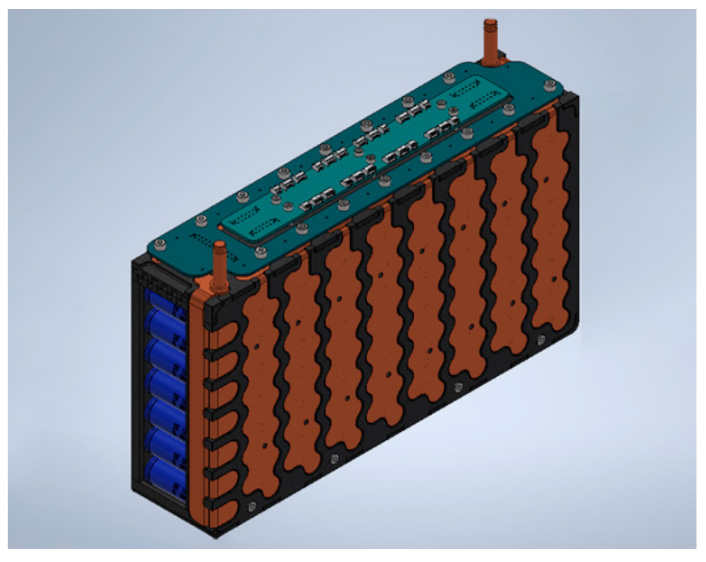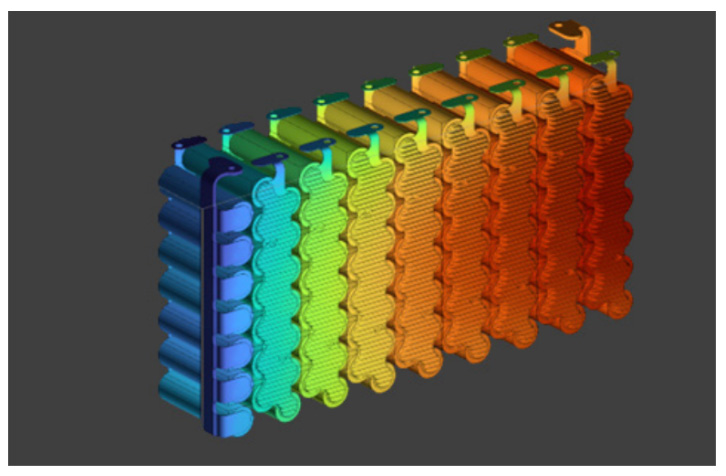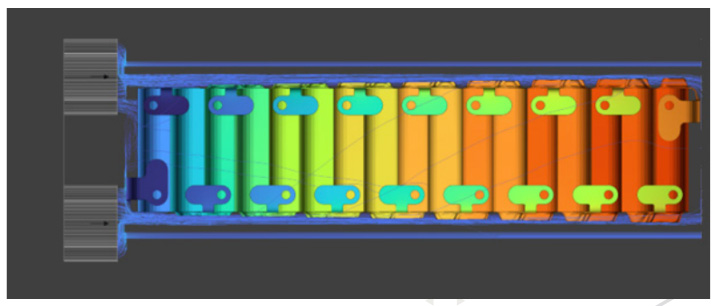Success Story
Team Bath Racing Electric and Cadence
Team Bath Racing Electric Students Employ Celsius EC Solver to Optimize Thermal Performance in EV Design
Overview
Key Challenges
The European Formula Student (FS) engineering competition encourages engineering student teams to design, build, test, and race a small-scale formula-style racing car. The motorsport industry views FS as the standard for engineering graduates and sees over 100 university teams from around the globe compete in static and dynamic events annually.
The Team Bath Racing Electric (TBRe) from Bath University in the UK, while working on a design for the FS electric vehicle (EV) category, identified the need to lower temperatures in their vehicle’s in-house developed secondary accumulator battery to abide by FS competition guidelines.
The accumulator features cylindrical cells cooled by integrated fans and ducted air channels (Figure 1). Testing focused on the accumulator’s subpack, the primary source of waste heat. In previous years, TBRe’s design software could not accurately simulate the heating of the subpacks, forcing them to rely on first-principal estimations and post-assembly tests. Using real-world testing after assembling the accumulator to test the subpack heating was costly in terms of time and energy.
The Solution
The TBRe team employed the Cadence Celsius EC Solver, electronics cooling simulation software for accurate and fast analysis of the thermal performance of electronic systems, to test the thermal performance and cooling scheme of their EV entry for FS 2022. In the original cooling scheme flow, the car’s accumulator ran at 63.4°C, but FS specifications required the temperature to never exceed 60°C.
Using the Celsius EC Solver, the students were able to identify the main thermal flaws in their design and test possible redesign scenarios to overcome these issues and comply with regulations. In earlier designs, the cooling flow was pushed up rather than down the side of the battery subpacks, causing recirculation and reduced cooling towards the subpack rear. After testing an interim heat sink design that brought temperatures below 63°C, the team could develop a redesign that used heat sinks and capped subpacks, further reducing temperatures to 59°C, within the range of compliance (Figure 2).
The simulation capabilities provided by the Celsius EC Solver have enabled the TBRe team to rapidly iterate the design of heat sinks and other thermal management components in our EV FS entry. The shift this year from simple firstprincipal calculations to full computational fluid dynamics (CFD) simulations of component performance helped us design the safest and most thermally optimized battery to date.
Ben Ireland-Sinclair, TBRe
Summary
The Celsius EC Solver provided the simulation capabilities necessary for the TBRe team to identify the flaws in their original design and optimize the subpack thermal performance of their FS EV design by pushing air directly down the sides of the subpack and placing caps on the component to help direct airflow (Figure 3). This reduced temperatures to 59°C and enabled the students to manufacture the new design with the confidence that it would comply with race regulations.



